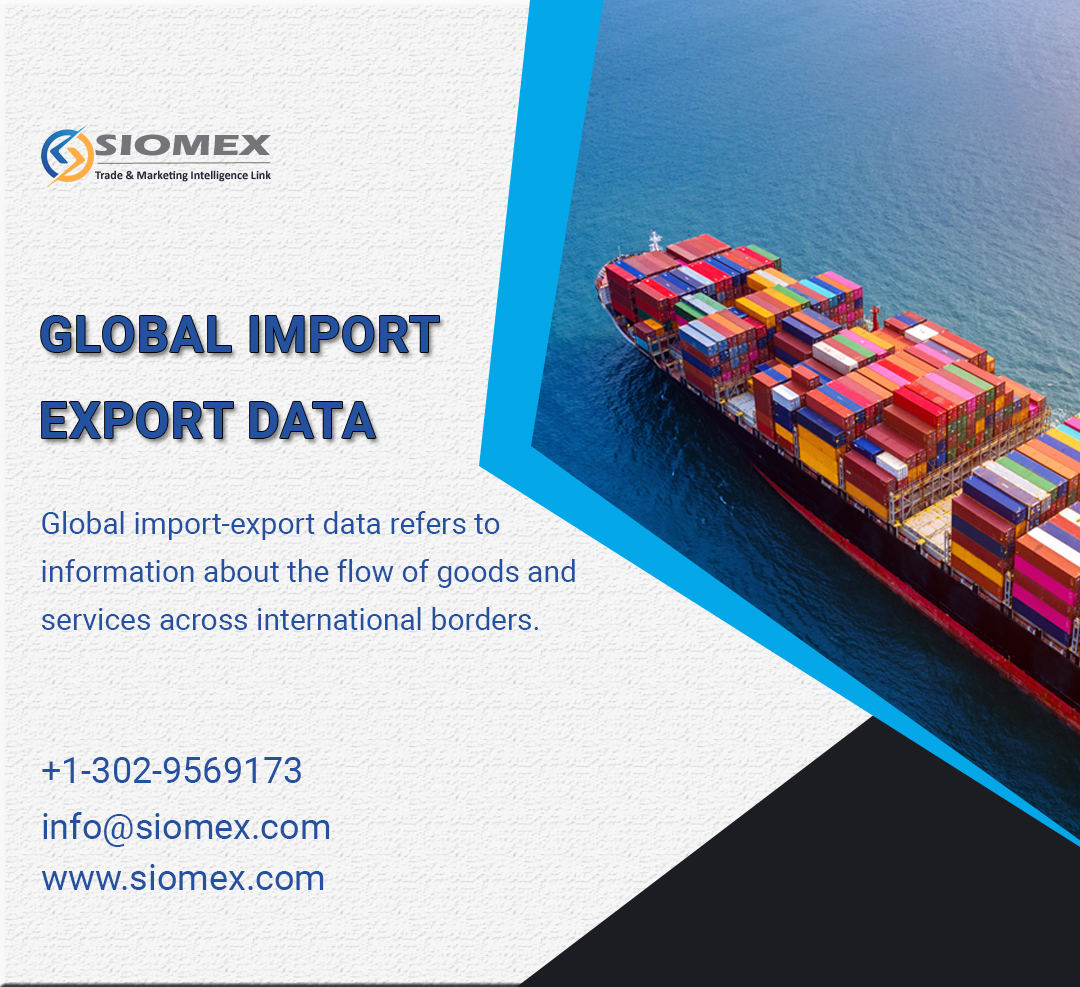Currency Futures vs Spot Forex: Which Performs Better in Bull and Bear Markets?
Introduction
When deciding between currency futures vs spot forex, many traders and hedgers ask the same question: which performs better in bull and bear markets? There’s no absolute winner—both instruments track the same underlying currency moves—but their market structure, cost mechanics, leverage and operational features mean one may be a better fit depending on time horizon, position size, tax/regulatory environment, and tolerance for counterparty or roll risk. This article compares the two across practical dimensions and gives guidance for bull (appreciating currency) and bear (depreciating currency) market scenarios.
How the instruments differ at a glance
- Underlying exposure: Both provide exposure to exchange rate changes. Spot forex is a direct, continuous bilateral market (24 hours, 5 days a week) where you trade the currency pair immediately. Currency futures are standardized contracts traded on exchanges (e.g., CME) that settle at specific dates; futures prices reflect expected spot plus interest rate differentials (cost-of-carry).
- Market structure and counterparty risk: Futures trade on regulated exchanges with central clearinghouses, reducing bilateral counterparty risk. Spot forex is OTC and depends on broker creditworthiness and the stability of the trading venue.
- Trading hours and liquidity: Spot forex offers continuous trading across global sessions, which is valuable for intraday traders. Major FX futures trade during long exchange hours and are very liquid during core sessions, but have discrete daily settlement/expiration conventions.
- Sizing and leverage: Spot forex typically allows granular sizing with higher advertised nominal leverage (depending on broker/regulator). Futures are standardized (minimum contract sizes) with exchange-set initial and maintenance margins; leverage is significant but position sizing is less granular.
- Costs and fees: Spot forex often advertises “no commission” with costs embedded in spreads and swap/roll rates. Futures have explicit commissions and exchange/clearing fees but often tighter and more predictable execution costs at institutional sizes. Overnight funding is handled via swaps in spot and via the futures price’s implicit financing component.
Performance in Bull Markets (currency appreciation)
Spot forex
- Pros: Immediate access 24/5 enables fast entries and exits as momentum builds; very tight intra-session spreads during liquid hours; granular sizing allows scaling in and pyramiding positions precisely; traders can execute micro-scaled trades to capture intra-day trends.
- Cons: Overnight swap costs can erode returns if you pay negative carry; execution quality depends on broker liquidity and routing; spreads may widen around major news.
Futures
- Pros: Exchange liquidity and central clearing reduce counterparty concerns for large directional bets; futures prices incorporate interest differentials, making the cost-of-carry and roll mechanics more transparent; standardized execution often leads to predictable slippage for institutional-sized trades; easier to hold positions without worrying about broker-imposed restrictions.
- Cons: Contract sizes may be too large for small retail traders or require use of micro contracts; position management requires handling contract expirations and rolling; trading hours, while long, may still miss some thin overnight sessions compared with spot forex.
Performance in Bear Markets (currency depreciation / stress)
Spot forex
- Pros: Shorting is straightforward—no short-sale constraints—and continuous market access helps traders react quickly to accelerating moves; scaling out is easy.
- Cons: In stressed markets, adverse liquidity conditions can produce wide spreads and severe slippage; brokers may temporarily widen spreads, change margin requirements, or restrict trading; counterparty risk becomes relevant if the broker faces liquidity stress.
Futures
- Pros: Central clearing and exchange-based liquidity often provide more stable price discovery during stress, particularly in major currency contracts; margining and daily settlement can reduce the risk of a broker failing to honor positions.
- Cons: Rapid moves can trigger substantial margin calls and forced liquidations if capital is insufficient; futures positions must be rolled, which can be awkward in extreme moves or when front-month liquidity evaporates.
Special considerations that affect “performance”
- Carry and funding: In spot forex, carry is explicit through daily swap charges/credits; in futures, carry is embedded into the price. Over long trends, funding and carry asymmetries can materially affect realized P&L.
- Execution quality and slippage: For small, frequent trades (scalping), spot forex’s granularity and 24/5 hours often provide a better edge. For large notional trades, futures’ tighter execution and centralized liquidity typically produce less slippage.
- Tax and regulation: Jurisdiction matters. For instance, in the U.S. many exchange-traded futures benefit from favorable 60/40 tax treatment under IRC Section 1256, while spot forex is often taxed differently (Section 988) unless elections are made. Check with a tax advisor for your location.
- Hedging and derivatives: Futures ecosystems offer standardized options and clearinghouse-backed hedging tools; for complex hedging needs, futures may be superior.
- Cost modeling at scale: Large institutional hedges often favor futures because explicit fees and deep liquidity produce lower all-in transaction costs than OTC forex spreads at large sizes.
Who should favor which instrument?
- Retail scalpers/day traders: Spot forex is typically more attractive due to continuous trading, micro lot sizing, and 24/5 access. Execution quality matters—choose a reputable, well-capitalized broker.
- Position traders/hedgers and institutions: Currency futures are generally preferable for large directional plays, corporate hedges, and multi-day to multi-month positions where central clearing, contract standardization and transparent cost-of-carry matter.
- Carry-trade players: Model both instruments carefully—spot swap rates vs futures-implied financing can produce different returns even if the underlying trend is the same.
- Traders concerned about counterparty risk: Prefer futures for exchange clearing and regulated environments.
Practical tips before choosing
- Calculate all-in costs: Include spreads, commissions, slippage, swap/roll fees, and exchange charges. Small differences compound under leverage.
- Simulate execution: Backtest with realistic slippage and spreads, and do a trial with live micro-lots or simulated accounts.
- Manage rolls and expirations: If using futures, set a clear roll strategy to avoid liquidity gaps; if using spot, monitor swap rates regularly.
- Be margin-aware: Know how your broker or exchange handles margin calls and potential forced liquidations in extreme markets.
- Consider taxes and regulation, and consult a professional: Different tax treatments and regulatory protections can materially affect net returns.
Conclusion
Currency futures vs spot forex both track the same underlying currency moves, but “which performs better” in bull and bear markets depends heavily on execution, costs, tax treatment, and the trader’s profile. Futures often win at institutional sizes, for hedging and in stressed markets due to central clearing and predictable costs. Spot forex frequently wins for retail scalpers and traders who need continuous access and fine-grained control. Model the all-in economics for your specific strategy, test execution, and align instrument choice with your risk tolerance, capital, and trading timeframe. If you’d like, I can produce a one-page comparison table, or a worked example showing a week-long long EUR/USD trade in spot vs CME futures with realistic spreads, commissions and roll—which would help quantify the differences for your situation.



